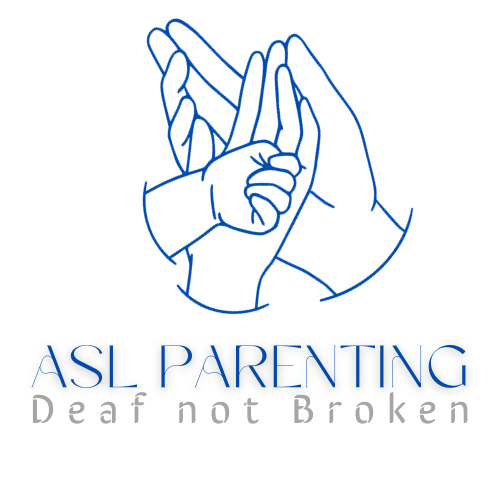Intensifiers, like Non-manual markers (NMMs) are like secret codes that make sign language come alive. They include facial expressions, head movements, shoulder gestures, mouth movements (mouthing), and other signals that add meaning to signs in American Sign Language. Here’s how you can use Intensifiers to teach language to your young deaf children.
Jump Start Communication
Jump Start Communication
Jump Start Communication
Jump Start Communication
Jump Start Communication
On A Deeper Level
On A Deeper Level
On A Deeper Level
On A Deeper Level
On A Deeper Level
Intensifier Glossary
A Parent's Guide to Facial Expressions (Intensifiers) in American Sign Language (ASL)
Non-Manual Markers
C-S (Cheek to Shoulder)
Imagine bringing your cheek and shoulder closer together while making a special smile with half your face. We use this NMM, called “c-s,” with signs like “RECENT” and “THERE” to mean “very recent” and “right there (close).”
YES/NO Question Expression
When asking a yes/no question, raise your eyebrows and tilt your head forward a little. This helps show it’s a question without using your voice.
WH-Q (Wh-Question) Expression
For questions like “who, what, when, where, how, how much, how many, which, or why,” make a special face. Slightly furrow your eyebrows and maybe tilt your head back a bit while leaning your body forward. It shows you’re asking a special question.
Mouth Morphemes
Mouth movements, called mouth morphemes, help tell more about things in sign language. Here are three important ones for talking about sizes.
CHA
Imagine something really big! Open your eyes wide while making this mouth shape. It shows something huge!
Example:
Use this mouth shape to show something really big, like a giant book! Open your eyes wide to show how big it is.
MM
If something is average or medium-sized, relax your lips and eyes a little. This mouth shape helps show that.
Example:
When a book is just average-sized, relax your lips and eyes. It’s not too big or too small.
OO
Example:
If a book is tiny, purse your lips and squint your eyes. You can even make your shoulders shrink a little to show how small it is.
When you use these NMMs and mouth movements with your signs, you’re not just talking with your hands – you’re painting a picture with your whole face and body! It’s a fun way to help your child understand and express themselves in sign language.

